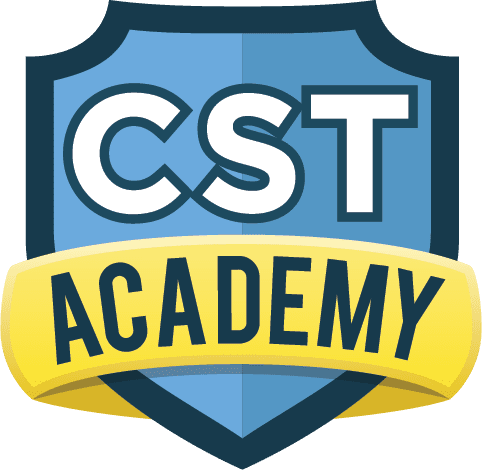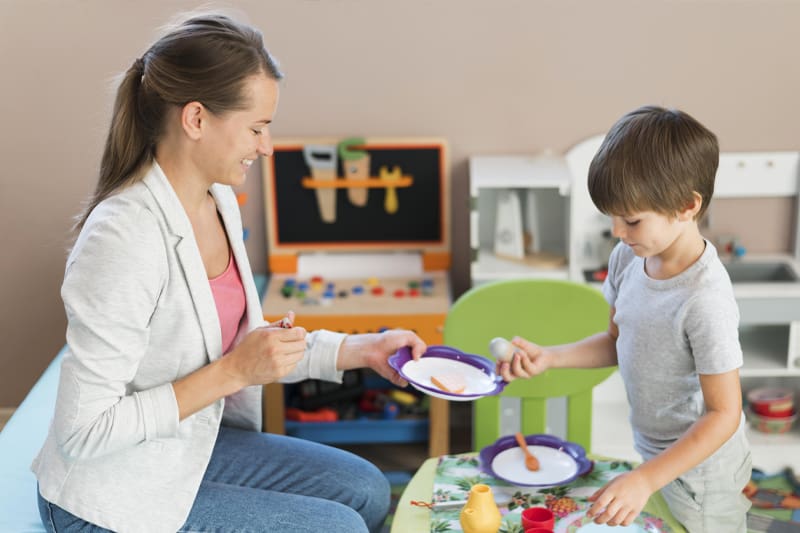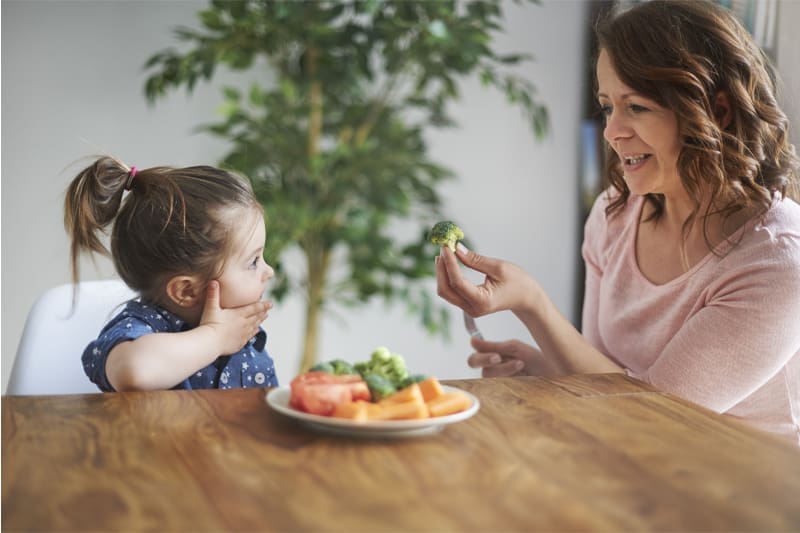Transitioning from Purees to Solids
at CST Academy
Supporting Safer, More Confident Mealtimes—One Bite at a Time
At CST Academy, our feeding therapy services help children move from purees to solids with confidence, safety, and joy. If your child struggles with chewing, swallowing, or accepting new food textures, we’re here to guide them through the transition with expert support. Our therapists understand that feeding challenges are never “just picky eating”—they’re developmental milestones that deserve patience, skill, and a nurturing environment.
Get Started

What Is the Transition from Purees to Solids?
Transitioning from purees to solids is a key stage in your child’s feeding development. It involves building oral motor strength, coordination, and sensory tolerance to safely manage more complex food textures.
At CST Academy, we tailor each child’s feeding therapy plan to their current abilities and readiness—working gently and gradually to introduce new textures, expand food variety, and reduce mealtime stress. Our approach combines evidence-based therapy, playful exploration, and family collaboration to make this important transition feel positive and achievable.
At CST Academy, we tailor each child’s feeding therapy plan to their current abilities and readiness—working gently and gradually to introduce new textures, expand food variety, and reduce mealtime stress. Our approach combines evidence-based therapy, playful exploration, and family collaboration to make this important transition feel positive and achievable.
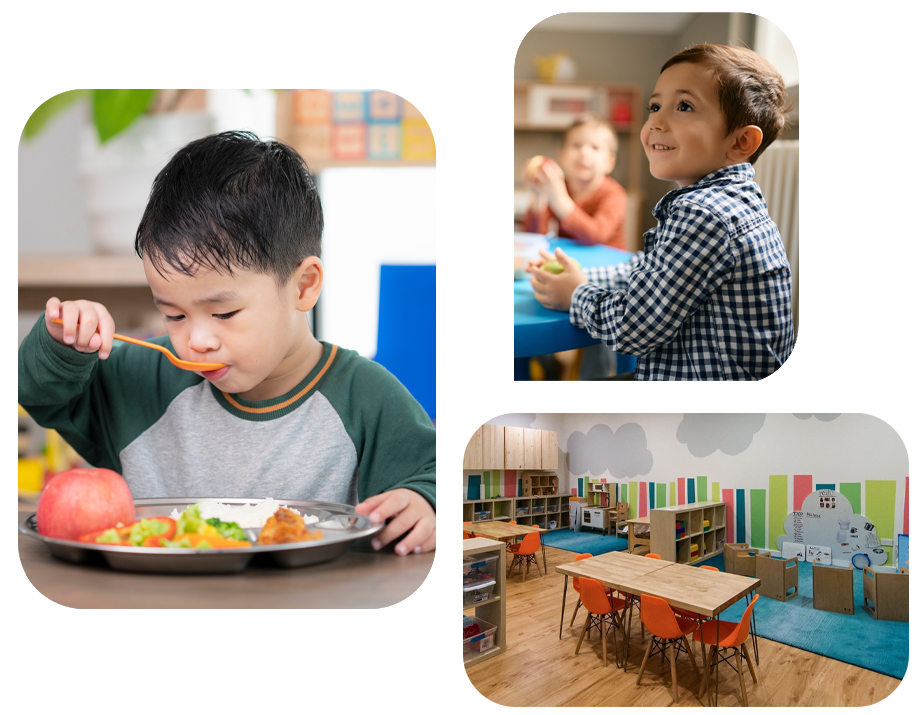
Why Choose CST Academy for Feeding Therapy?
We believe mealtimes should be enjoyable, not stressful. CST Academy provides a warm, supportive setting where children feel safe exploring new foods and textures. Our feeding therapists work alongside speech, OT, PT, and ABA professionals to create a well-rounded plan that supports your child from every angle.
Parents are an essential part of the process—we provide real-time updates, home strategies, and encouragement to keep progress going beyond the therapy room.
Parents are an essential part of the process—we provide real-time updates, home strategies, and encouragement to keep progress going beyond the therapy room.
The CST Academy Difference
Choosing the right support for transitioning from purees to solids means working with a team that understands both the physical and emotional aspects of feeding development. At CST Academy, we create a warm, low-pressure environment where children can build comfort with new textures and skills at their own pace. With experienced feeding therapists, customized treatment plans, and a nurturing, multidisciplinary team, we help every child make progress—while keeping mealtimes positive, empowering, and stress-free.
Helping Your Child Make the Leap to Solids
Transitioning from purees to solid foods is a major developmental step—and CST Academy is here to guide your child with support, patience, and expertise.
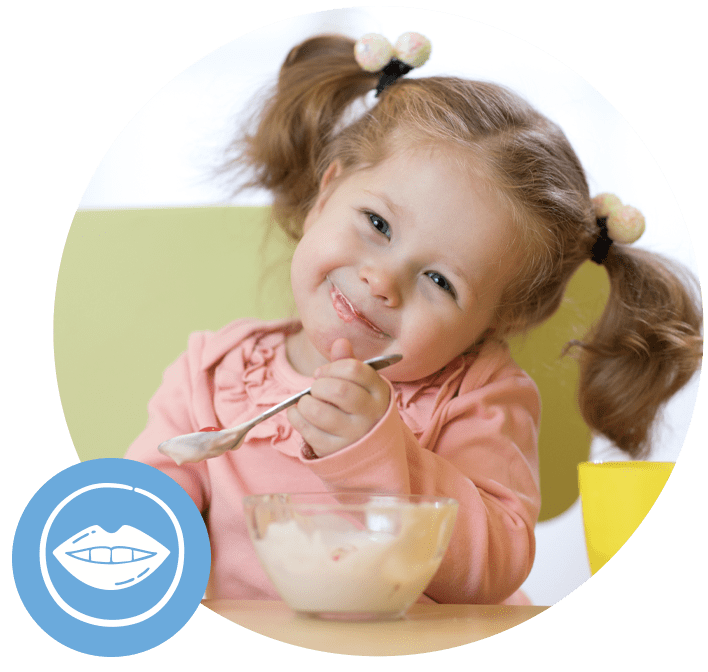
Developing Safe Oral Motor Skills
We help children strengthen the muscles needed for safe chewing and swallowing. Through guided exercises and playful food exploration, our therapists build jaw strength, tongue coordination, and overall oral motor control to prepare for more complex textures.
Reducing Gag Reflex and Oral Aversion
Many children transitioning to solids experience gagging or strong sensory reactions. We use desensitization techniques and gradual exposure to help your child become more tolerant of varied textures, easing mealtime stress for both children and caregivers.

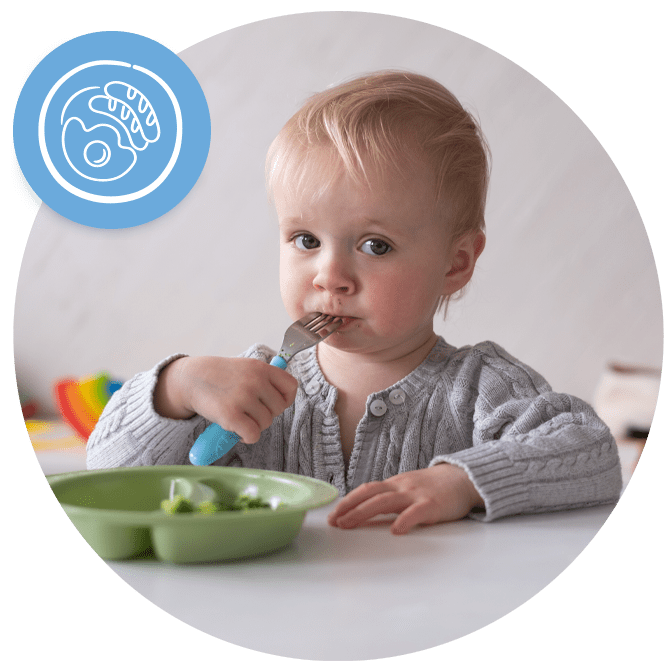
Encouraging Self-Feeding and Independence
Our therapists introduce age-appropriate tools and strategies to help your child become more confident in self-feeding. We work on hand-to-mouth coordination, pincer grasp development, and utensil use so that children feel more in control during meals.
Building Positive Mealtime Associations
Feeding shouldn’t feel like a battle. We create fun, pressure-free feeding experiences that encourage curiosity and reduce anxiety. Our goal is to help children build a trusting relationship with food and a more enjoyable experience at the table.
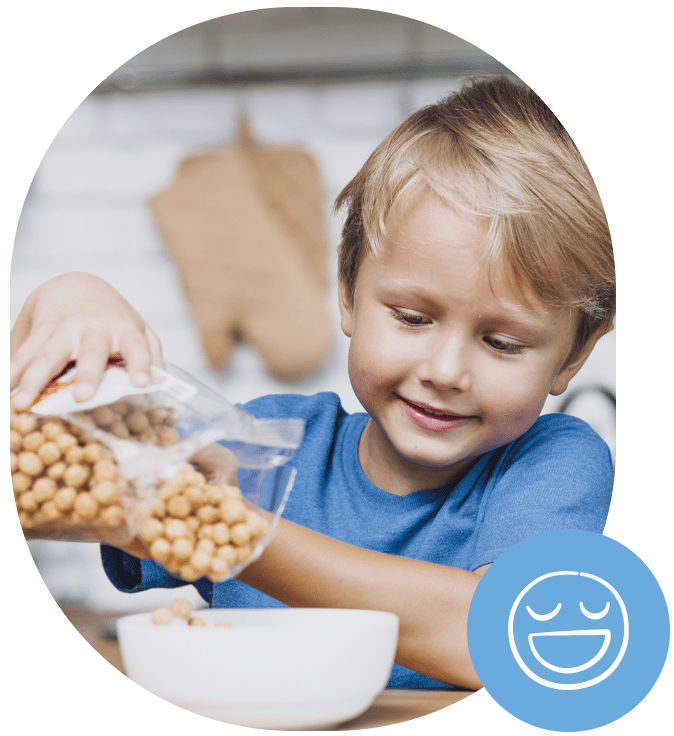

Expanding Food Variety and Acceptance
We introduce new foods in a structured, playful way that respects your child’s comfort zone while encouraging growth. Through repeated exposure, modeling, and celebration of small wins, we help broaden their palate and increase dietary variety.
Supporting Sensory Integration
Textures, temperatures, and flavors all provide unique sensory input. Our team works with children to process and tolerate these inputs more effectively, reducing food refusal linked to sensory sensitivities and helping meals feel less overwhelming.

Start Your Journey with CST Academy Today
Getting started is easy. Our team is here to listen, guide, and create a care plan tailored to your child and your family.
"*" indicates required fields
When to Consider Transitioning from Purees to Solids
Every child progresses at their own pace, but some signs may indicate it’s time to seek guidance in helping your child move from purees to solid foods. Early support can ease the transition and set the stage for more confident, enjoyable mealtimes.
Avoidance of Chewing or Refusal of Textured Foods
If your child consistently refuses foods that require chewing or gags at anything beyond smooth purees, it may be a sign they need help developing oral motor skills and sensory tolerance.
Extended Reliance on Pureed Foods Beyond Age 12–18 Months
While purees are appropriate for early feeding stages, continuing to rely solely on them well past toddlerhood can delay oral development and limit your child’s ability to explore a full range of foods.
Difficulty Managing Lumps or Mixed Textures
If your child struggles with foods like mashed potatoes, yogurt with fruit, or small pasta shapes, they may need structured support in learning how to coordinate chewing and swallowing safely.
Strong Sensory Reactions to New Textures or Flavors
Extreme reactions—such as crying, gagging, or complete food refusal—when introduced to new textures or temperatures may indicate sensory processing challenges that can be addressed with feeding therapy.
Limited Diet Consisting Only of Smooth or Preferred Purees
A narrow diet of preferred pureed foods can make it harder for your child to meet nutritional needs and may lead to long-term picky eating habits if not addressed early.
Anxiety or Distress During Mealtimes
If your child becomes upset at the sight of new foods, refuses to come to the table, or resists participating in meals, it could signal that the transition to solids has become a source of stress and needs professional support.
A Place Where Mealtimes Can Turn Into Milestones
Choosing CST Academy means embracing a place where your child’s feeding journey is approached with patience, care, and celebration. We understand that transitioning from purees to solids can be a complex and emotional process—not just for children, but for families too. That’s why we meet each child where they are, guiding them with compassion and evidence-based strategies tailored to their unique pace and preferences.
Some meals may feel daunting, but we believe in turning each one into an opportunity for growth. Our feeding therapy program doesn’t just focus on nutrition—it’s about building confidence, reducing stress, and creating positive, pressure-free mealtime experiences. At CST Academy, every new texture tried and every bite taken is a moment worth celebrating, and our team is here to support your child and family every step of the way.
Some meals may feel daunting, but we believe in turning each one into an opportunity for growth. Our feeding therapy program doesn’t just focus on nutrition—it’s about building confidence, reducing stress, and creating positive, pressure-free mealtime experiences. At CST Academy, every new texture tried and every bite taken is a moment worth celebrating, and our team is here to support your child and family every step of the way.
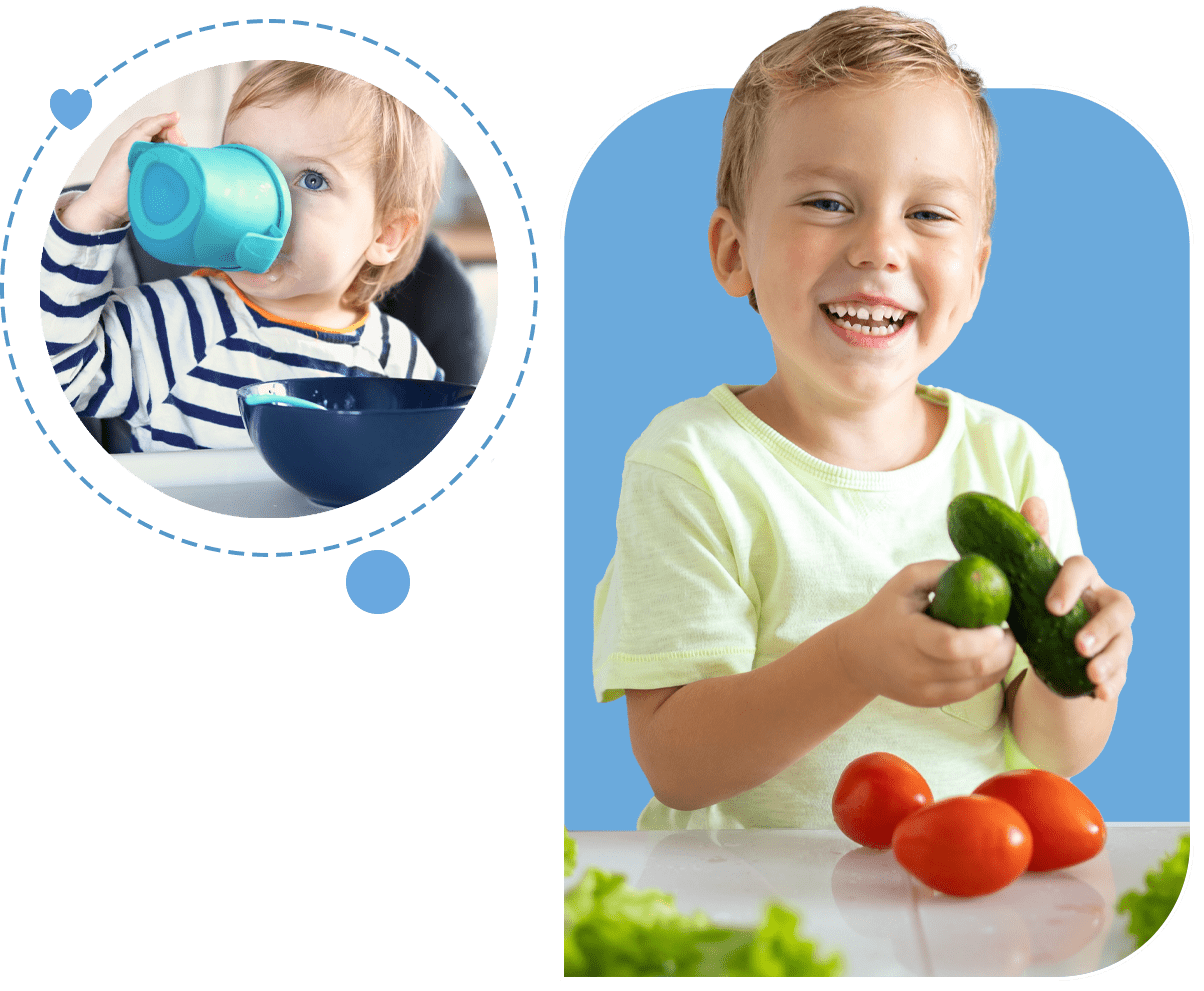
Parents Trust CST Academy to Guide the Transition from Purees to Solids
We were stuck in the puree phase for what felt like forever, and I was starting to worry that something was wrong. The feeding therapy team at CST Academy gave us a plan, incredible support, and so much patience. Within weeks, our daughter was trying new textures and mealtimes became something to look forward to.
– Lindsey M.
CST Academy helped our son transition from purees to solids in a way that felt natural and stress-free. The therapists were kind, knowledgeable, and made every session fun. He’s now eating with confidence, and we couldn’t be more thankful.
– Carlos D.
I had no idea that feeding could be this complex until we tried to move our daughter beyond purees. CST Academy not only helped her learn to chew and explore solids, but they gave me the tools to support her at home. It was a complete game-changer.
– Emily R.

Feeding Therapy at CST Academy: Transitioning from Purees to Solids with Confidence
Supportive guidance, expert care, and a smoother path to solid food success.
At CST Academy, our Feeding Therapy program specializes in helping children confidently transition from purees to solids—building the oral motor skills, sensory tolerance, and mealtime comfort they need to thrive. Our experienced feeding therapists create individualized plans based on each child’s needs, ensuring progress is safe, supportive, and empowering. Whether your child is showing signs of feeding delays or you’re simply unsure how to move forward, CST Academy offers the expert care and collaborative environment to make mealtimes a success.
Feeding Therapy
Get Started
Frequently Asked Questions
About Transitioning from Purees to Solids
Most children begin transitioning between 8–12 months, but every child is different. If your child is struggling with textures or refusing solids beyond this range, feeding therapy can help.

